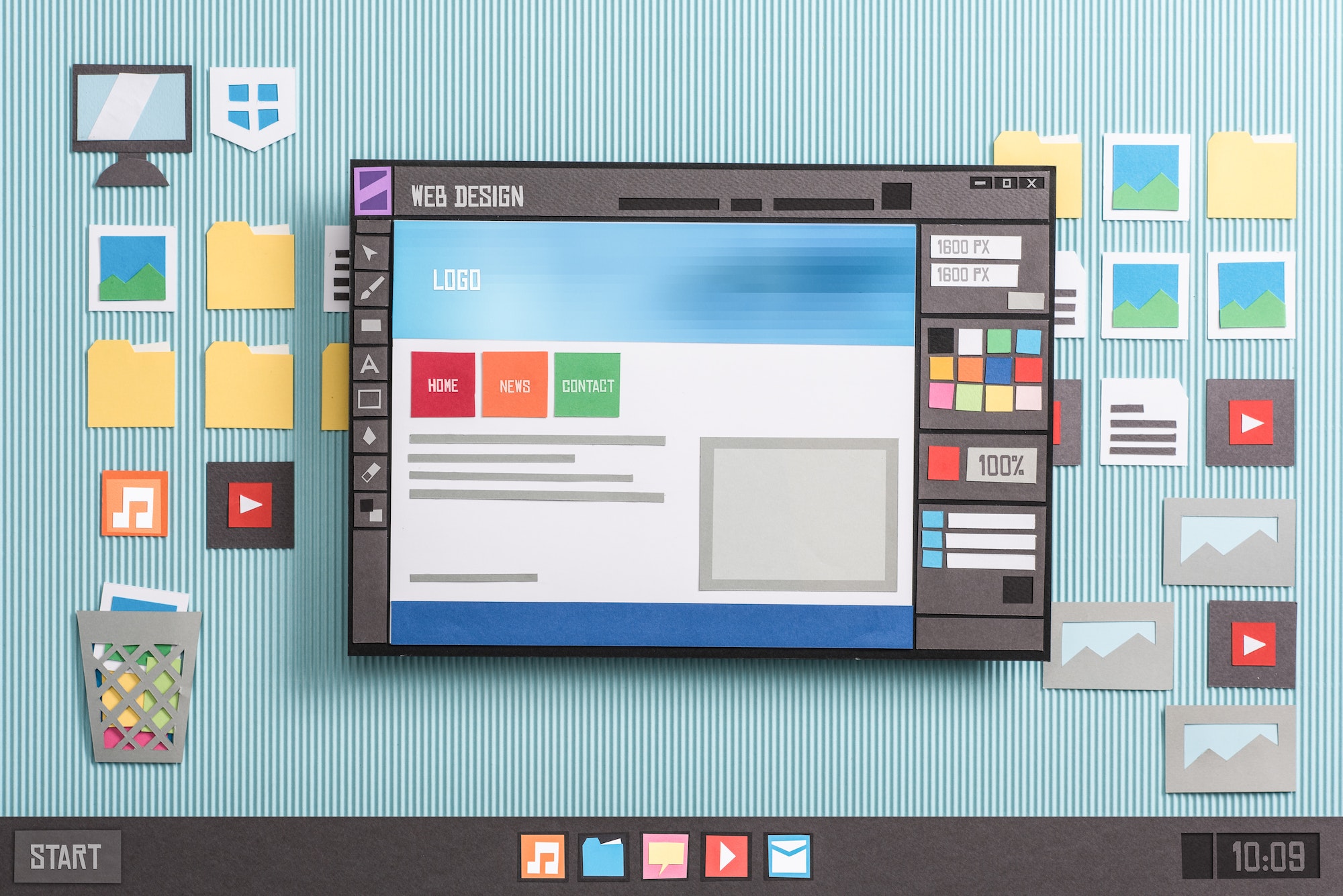In today’s digital age, having a well-designed website is crucial for businesses of all sizes. A visually appealing and user-friendly website can help you stand out from the competition, attract more visitors, and ultimately drive results for your business. In this comprehensive guide, we will explore the latest web design statistics and trends that will help you create a website that leaves a lasting impression on your audience.
General Web Design Statistics
The world of web design is constantly evolving, with new trends and technologies emerging every year. Understanding the current landscape is key to designing a website that resonates with your target audience. Let’s dive into some general web design statistics to set the foundation for your design journey:
- There are currently over 1.14 billion websites in the world, with 17% of them being active and 83% inactive.
- WordPress is the most popular website builder, powering 43.2% of all websites on the internet. Other popular website builders include Shopify, Joomla, Squarespace, and Wix.
- 50% of consumers believe that website design is crucial to a business’s overall brand.
- It takes only 50 milliseconds (0.05 seconds) for users to form an opinion about your website.
- 75% of people form their opinion of a website based on its design.
- Given 15 minutes to consume content, two-thirds of people would rather read something beautifully designed than something plain.
- Outdated design is considered a top reason why visitors leave a website, according to 38.5% of web designers.
These statistics emphasize the importance of investing in a well-designed website. Your website is often the first point of contact between your business and potential customers, and making a positive first impression is crucial.
Mobile & Responsive Web Design Statistics
With mobile devices accounting for a significant portion of web traffic, optimizing your website for mobile users is more important than ever. Let’s explore some mobile and responsive web design statistics:
- Mobile devices (excluding tablets) generated 58.99% of global website traffic in the second quarter of 2022.
- 61% of internet users have a higher opinion of companies with mobile-friendly website design.
- 1% of web designers believe that a non-responsive design is a top reason why visitors leave a website.
- 57% of internet users say they won’t recommend a business with a poorly designed website on mobile.
- Decreasing mobile site load times by just one-tenth of a second can significantly increase conversion rates.
- 32% of small businesses already have a mobile app, and 42% plan to build one in the future.
- 50% of smartphone users prefer to use a company’s mobile site rather than downloading an app.
- Google introduced mobile-first indexing in 2018, prioritizing the mobile version of content for search engine rankings.
These statistics highlight the importance of responsive web design and mobile optimization. With so many users accessing websites on their mobile devices, it is essential to provide a seamless and enjoyable browsing experience across all devices.
On-Page Web Design Statistics
When it comes to designing a website, paying attention to on-page elements is crucial. Here are some on-page web design statistics to consider:
- Photos/images, colours, and videos are the top visual elements that consumers appreciate in website design.
- While 22% of visitors look for eye-catching colours, 21% will leave a site because of outlandish colours.
- Blue is the favourite colour for 46% of respondents when it comes to website design, while yellow is preferred by only 23%.
- Whitespace and font styles are often overlooked by visitors, with only 8% noticing whitespace and 18% paying attention to font styles.
- Website layout and navigational links are vital for 38% of people when visiting a website for the first time.
- Users spend an average of 5.94 seconds looking at a website’s main image.
- Flat design, characterized by simple two-dimensional elements and bright colours, is currently the most popular web design trend.
These statistics highlight the importance of visual elements, layout, and navigation in web design. Creating an engaging and visually appealing website can capture the attention of your visitors and keep them engaged with your content.
UI/UX Web Design Statistics
User interface (UI) and user experience (UX) play a crucial role in designing a successful website. Let’s explore some UI/UX web design statistics:
- Good UI can increase a website’s conversion rate by up to 200%, while better UX design can raise the conversion rate by up to 400%.
- Companies that invest in UX can expect to see an ROI of £100 for every £1 invested.
- 31% of people consider an engaging user experience a top priority in website design.
- 88% of users will never return to a website after a poor user experience.
- Different age groups have other preferences regarding UI/UX design. Gen Z users prefer personalized and intuitive experiences, millennials have a low tolerance for issues, Gen X users want a pain-free experience, and baby boomers prefer simple and accessible designs.
- 47% of visitors expect loading times to be less than 2 seconds.
These statistics highlight the importance of providing a seamless and engaging user experience. Investing in UI/UX design can not only increase your website’s conversion rates but also leave a positive impression on your visitors.
eCommerce Web Design Statistics
For businesses operating in the eCommerce space, having an effective web design is crucial. Here are some eCommerce web design statistics to consider:
- 85% of shoppers say that product information is an essential element of website design.
- 70% of small business websites lack a call-to-action (CTA) on their homepage.
- 51% of people believe that thorough contact information is the most important element missing from many company websites.
These statistics emphasize the importance of providing detailed product information and clear calls to action on your eCommerce website. Creating a seamless shopping experience and making it easy for customers to contact you can significantly impact your online sales.
Staying Up to Date with Web Design Trends
As the web design industry continues to evolve, staying up to date with the latest trends is essential. By keeping a finger on the pulse of the industry, you can ensure that your website remains fresh, modern, and engaging. Some ways to stay up to date with web design trends include:
- Following reputable web design blogs and industry publications.
- Attending web design conferences and workshops.
- Networking with other web designers and industry professionals.
- Experimenting with new design techniques and technologies.
- Seeking feedback from users and incorporating their suggestions.
Remember, web design is a dynamic field, and what works today may not work tomorrow. By staying informed and adaptable, you can keep your website at the forefront of design trends and provide the best possible experience for your visitors.
In conclusion, web design is a powerful tool that can make or break your online presence. By incorporating the latest web design statistics and trends, you can create a visually appealing, user-friendly, and engaging website that leaves a lasting impression on your audience. Whether you’re designing a website for a small business or an eCommerce store, investing in web design is an investment in the success of your online venture. So, stay up to date with the latest web design trends, provide a seamless user experience, and watch your online presence thrive.



